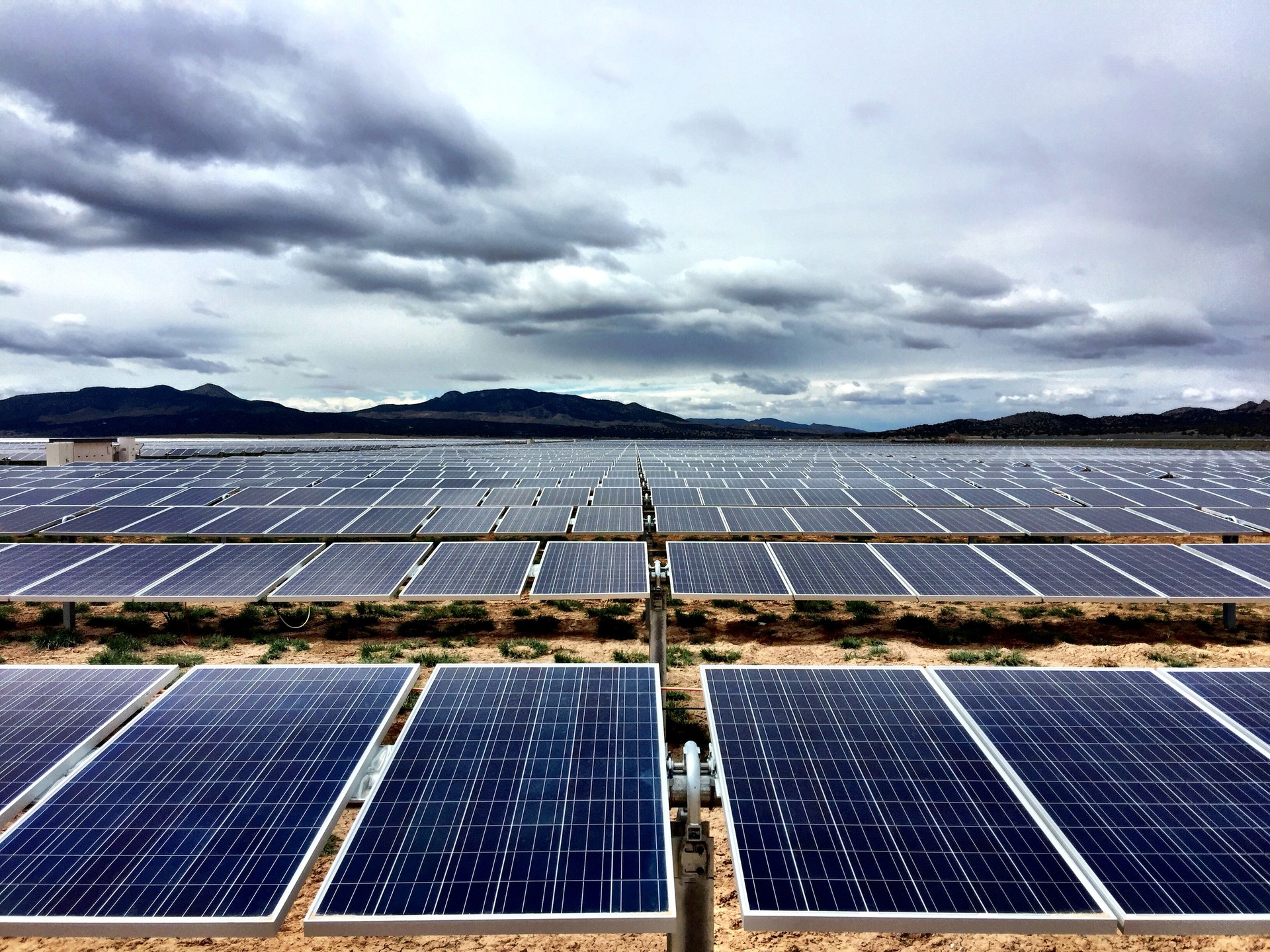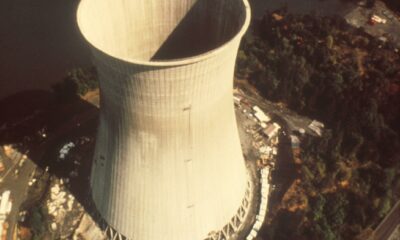Executive
Solar Panel Complaints Are the Latest Attack on Private Property Rights for Farmers
Solar panels are still compatible with active farming, but a false narrative about them serves only those who want to control farmland.

There are so many things to love about being a farmer. But here’s something I can’t stand – people who pretend to care about our land when they really just want to control our land.
From ditches as wetlands to anti-fracking and now solar panels
It’s always something. I remember when the U.S. Environmental Protection Agency tried to expand the Clean Water Act to apply to ditches on private property as a way to seize control over farms. And don’t even get me started on the anti-fracking campaigners who wanted to ban farmers from supplementing their income with oil and natural gas development.
But recently, I’ve started seeing another variation of the same “we know better” attitude towards rural and farming communities. This time around, however, the target happens to be farmers who choose to install solar panels on their land.
Over the past few months, I’ve noticed an increasing number of headlines claiming that America’s most productive farmland is being taken over by solar panels. Not housing developments or shopping malls, which involve the sale and permanent conversion of farmland, but the installation of solar panels – which can co-exist much more easily alongside active farming and ranching operations, and at the end of the life of the facility, the equipment can be pulled and the land returned to full agricultural usage very quickly.
Loss of farmland – legitimate and illegitimate concerns
To be sure, the loss of farmland is a legitimate issue that should be closely monitored. But we shouldn’t abandon all common sense when discussing the issue, either.
For example: Between 2017 and 2022, the U.S. lost just over 2% of its active farmland, according to the most recent Census of Agriculture. But over the same period, the value of total U.S. agricultural production jumped by 17% after fully accounting for inflation, which is a testament to “the adaptability of farmers and ranchers,” according to the American Farm Bureau Federation.
Now let’s get back to those headlines. The narrative of solar panels taking over farmland got a big boost back in April when the financial newswire Reuters tackled the subject.
The story was focused on the Midwest. It revealed that solar leases in the region were paying between 3.5 times to 6 times more per acre in land rents as corn and soybean production, with annual rate increases to boot.
Naturally, farmers who chose to put some land towards solar energy production – and diversify their income in the process – are criticized in the story. In the opinion of “[s]ome agricultural economists and agronomists,” Reuters reported, “taking even small amounts of the best cropland out of production for solar development and damaging valuable topsoil impacts future crop potential in the United States.”
How much cropland are those solar panels covering?
Let’s put aside the question of whether agricultural economists and agronomists know better than farmers when deciding on the most productive use of farmland. Instead, let’s focus on this question: Just how small are the small amounts of farmland being used to harvest solar electricity?
The article cites a study from the U.S. Geological Survey and the U.S. Department of Energy which found that just “0.02% of all cropland in the continental U.S. intersected in some way with large-scale, ground-based solar panel sites.”
I assume “intersected in some way” means something like “on a farm, next to a farm or within sight of a farm.” Two-hundredths of a percentage point of American farmland fitting that description doesn’t strike me as a crisis.
Later, the Reuters story cites another Department of Energy study that shows even under the most aggressive scenarios, solar energy production “is not expected to exceed 5% of any state’s land area, except the smallest state of Rhode Island, where it could reach 6.5%, by 2050.”
To make sense of those figures, consider that agriculture currently takes up about 45% of the U.S. land mass. In Colorado, that figure is about 48% and there are states like Nebraska where the percentage of land in agriculture is close to 90%.
Second-guessing farmers’ choices
If you’re telling me that 25 years from now, solar panels will take up no more than 5% of any given state’s land mass – with the possible exception of Rhode Island – then I’m not seeing a crisis there either.
What I am seeing, however, is yet another effort to second-guess the choices of individual farmers when it comes to managing their own land and making a living from their own land.
And once those choices are called into question, next there’ll be some proposed regulation at the local, state or federal level that takes control away from the people who know the land better than anyone. Don’t fall for it.
For those who see a land-use challenge in the development of solar energy in rural communities, I can tell you the solution: Private property rights.
Farmers who think solar panels make sense on their land will install them. Farmers who don’t, won’t.
Anything beyond that is a thinly veiled play for control over farmers and farming communities, and rural communities have had more than enough of that already.
This article was originally published by RealClearEnergy and made available via RealClearWire.
Greg Brophy is a former state senator and a fourth-generation corn and melon farmer from Wray. He is the Colorado director of The Western Way.
-

 Civilization3 days ago
Civilization3 days agoDC Pipe Bomb Arrest Raises Questions About Christopher’s Wray’s FBI
-

 Civilization4 days ago
Civilization4 days agoThe Legal Logic Behind U.S. Operations Against Narco-Terrorist Networks
-

 Executive4 days ago
Executive4 days agoNewsom’s ‘National Model’ for Homeless Wracked by Fraud
-

 Executive3 days ago
Executive3 days agoWhen You’re in a Hole, Stop Digging
-

 Education3 days ago
Education3 days agoWaste of the Day: Taxpayers Subsidize Football Coach Severance
-

 Executive2 days ago
Executive2 days agoWaste of the Day: Obamacare Failed Test, Approved Fraudulent Subsidies
-

 Civilization2 days ago
Civilization2 days agoPence Calls on Trump To Fire RFK Jr Over Abortion Drug
-

 Executive4 days ago
Executive4 days agoWaste of the Day: Feds Pay Nonprofits That Sue the Government














